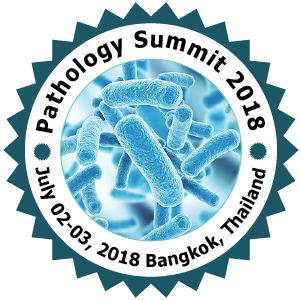Biography
Biography: SIN Chun Fung
Abstract
New oral anti-coagulants (NOACs) are getting more and more popular now and vast majority of patients are taking NOACs as thrombo-prophylaxis now. The merits of NOACs include wide therapeutic index and stable pharmacokinetics and hence there is no need for laboratory monitoring. However, there are some clinical situations that laboratory monitoring of NOACs is important for patient’s management. For example, patients undergoing invasive procedures or patients suffering from bleeding complications. Various platforms of laboratory assay are available for measuring the drug level of dabigatran, rivaroxaban and apixaban. The measurement of rivaroxaban and apixaban can be done by anti-Xa assay and dilute thrombin time can be used to measure the level of dabigatran. Some review articles mentioned that the value of specific assay of NOACs is uncertain, mainly because the precision and accuracy of the specific assay is not optimal, especially for low drug level. Nowadays, some companies provide kit with low-level calibrators to improve precision of measurement of low drug level.
In our study, we use the anti-Xa kits and dilute thrombin time kits from Werfen Company and Sysmex Company for evaluating the drug assay of dabigatran and rivaroxaban. The precision, accuracy, linearity and limit of detection are satisfactory for measuring various levels of dabigatran and rivaroxaban, including low drug concentrations and the performance of the kits provided by two companies are comparable. The relationship between the drug levels of NOACs with routine coagulation screening tests was also evaluated. The issue of quality control and some practical issues for implementation of the specific laboratory assay of NOACs will also be discussed.

